OpenAI’s ChatGPT chatbot has gained widespread popularity for its ability to respond to a wide range of questions accurately. Although ChatGPT has some unique features, some alternatives can offer similar or even better features. In this article, we will explore some of the best ChatGPT alternatives in 2023.

Page Contents
Best ChatGPT Alternatives in 2023
Are you looking for some ChatGPT alternatives to use? There’s some good news for you. Yes, there are some alternatives to ChatGPT that we have mentioned further in this article. So, let’s check them out:
#1. Mitsuku
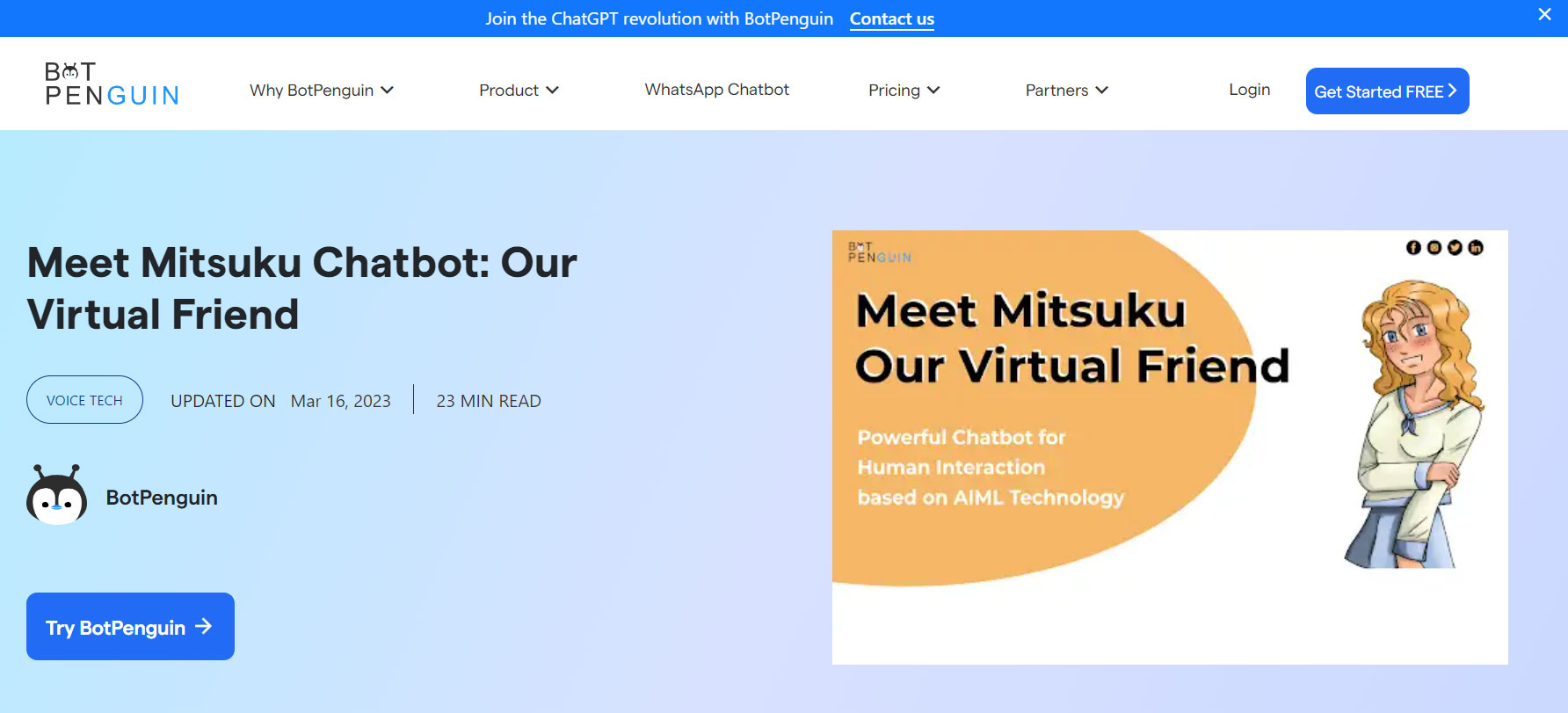
From 2005 to the present, Mitsuku has been an award-winning chatbot developed by Steve Worswick. In addition to winning several awards, it has also been awarded the Loebner Prize, the machine version of the Turing Test.
By using natural language processing and machine learning algorithms, Mitsuku provides useful responses to human language. With Mitsuku, personalized responses can be provided based on the user’s previous interactions.
Using their previous interactions, Mitsuku can respond more personalized to a question a user asks. However, Mitsuku may not be able to understand some complex questions, which is one of its disadvantages.
#2. Replika
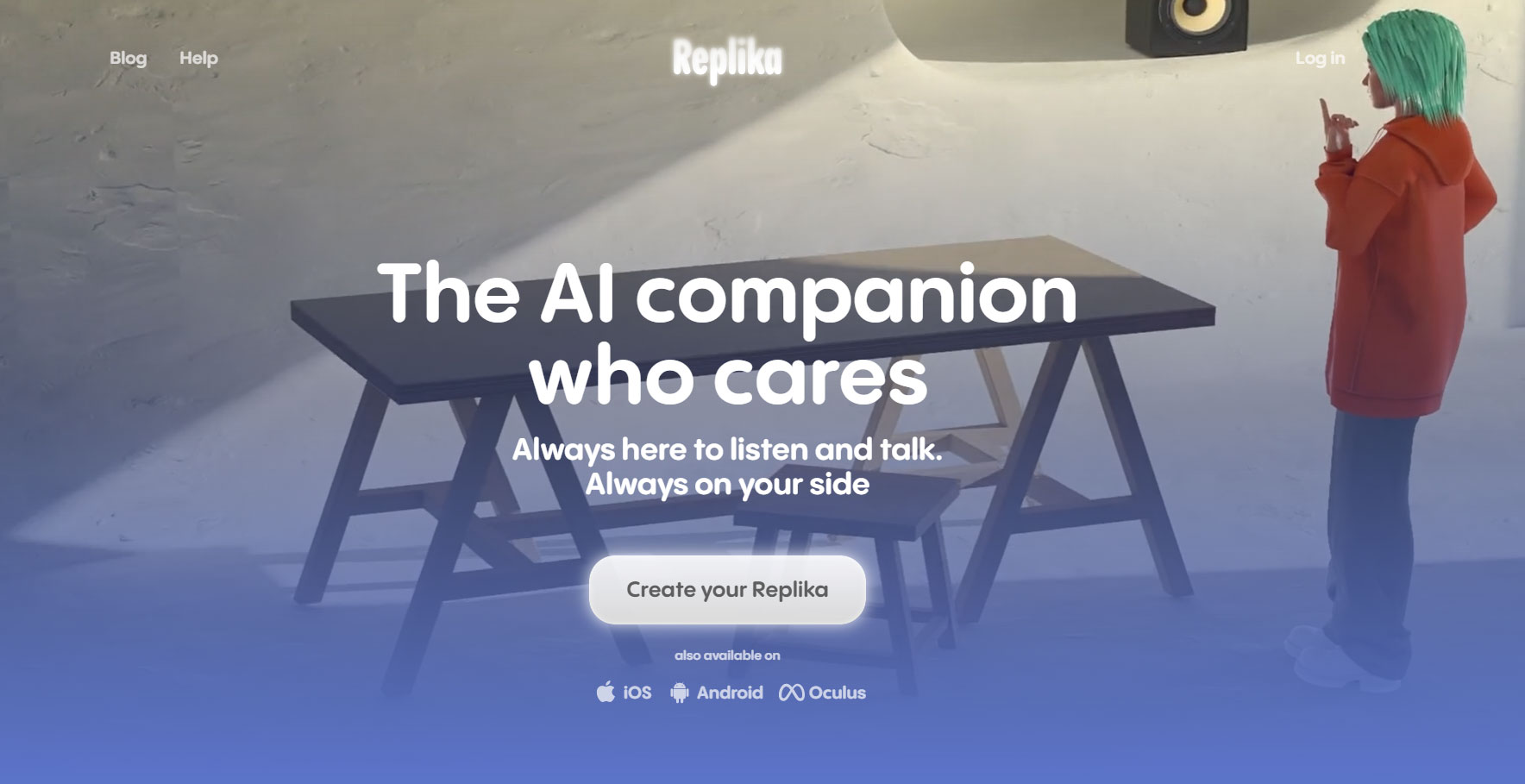
With Replika, users will have access to a mental wellness companion powered by artificial intelligence. To provide personalized responses, it uses natural language processing and machine learning algorithms.
With Replika, users can learn from their interactions over time, which allows it to provide more personalized responses. Additionally, Replika can help users track their mood, set goals, and cope with daily challenges by providing a supportive environment. Replika, however, may not be able to provide comprehensive answers to complex questions outside its scope, which is a disadvantage.
#3. Google Assistant
Google Assistant is an AI-powered virtual assistant developed by Google that understands and responds to human language using natural language processing and machine learning algorithms. Integration with other Google services, such as Google Maps, Calendar, and Gmail, is one of the advantages of Google Assistant.
By integrating this feature, users can expect more personalized responses based on their preferences and previous interactions. In addition to smart homes, cars, and wearables, Google Assistant is compatible with many smart devices. It is possible that Google Assistant is unable to understand some complex questions, however.
#4. Amazon Alexa
Alexa is an AI-powered virtual assistant developed by Amazon that understands human language and provides personalized responses using natural language processing algorithms.
In addition to its ability to integrate with a wide range of smart devices, such as smart buildings, cars, and wearables, Amazon Alexa has many additional advantages.
Amazon Alexa can also order food, play music, and provide weather forecasts, among other things. There are, however, some disadvantages to Amazon Alexa, including its inability to answer complex questions.
#5. IBM Watson Assistant

IBM Watson Assistant is an AI-powered virtual assistant that understands human language and provides personalized responses using artificial intelligence and machine learning algorithms.
However, IBM Watson Assistant integrates well with IBM Cloud, Watson Studio, and Watson Discovery, including IBM Cloud, Watson Studio, and Watson Discovery.
Moreover, IBM Watson Assistant can enhance customer service by creating customized virtual assistants for businesses. Its relatively high price compares to other ChatGPT alternatives, however, is one of its disadvantages.
#6. Cleverbot
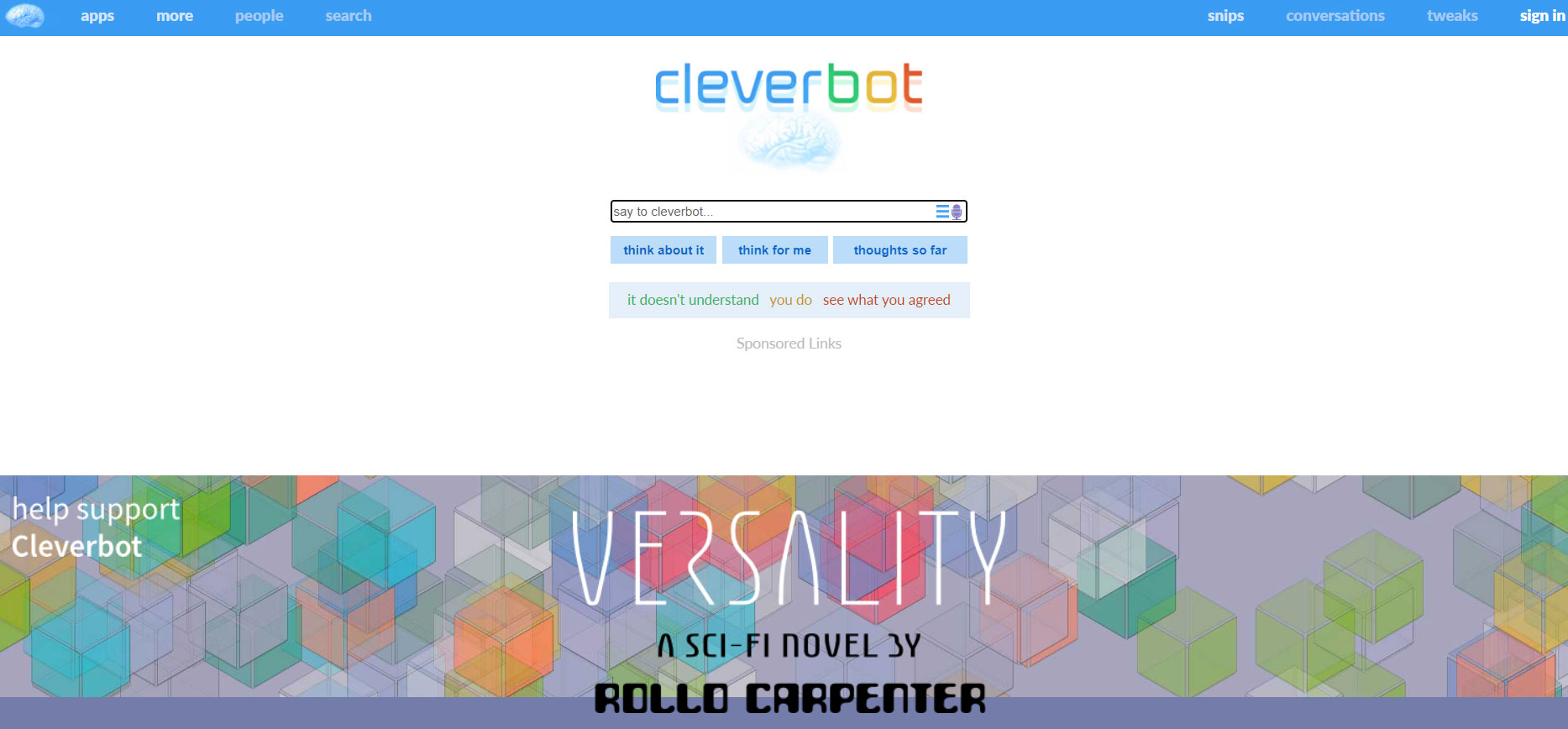
The Cleverbot chatbot understands and responds to human language using natural language processing and machine learning algorithms. Learning from interactions with users and providing more customized responses over time are two of the advantages of Cleverbot.
Further, Cleverbot can be integrated with different social media platforms, including Facebook Messenger and Kik. There are, however, some drawbacks to Cleverbot, including the fact that it may not respond accurately to complex questions and that some users have received irrelevant replies.
Also Read
#7. Dialogflow
Natural language processing and machine learning algorithms are used to create custom chatbots using Dialogflow, which is an AI-powered chatbot development platform.
Developers don’t need significant programming skills to create chatbots with Dialogflow, which is one of its greatest advantages. In addition to Dialogflow, many different messaging platforms can be integrated, including Facebook Messenger and Slack.
Dialogflow is not without its drawbacks, including the possibility of additional development work needed to create chatbots that can answer complex questions.
#8. Pandorabots
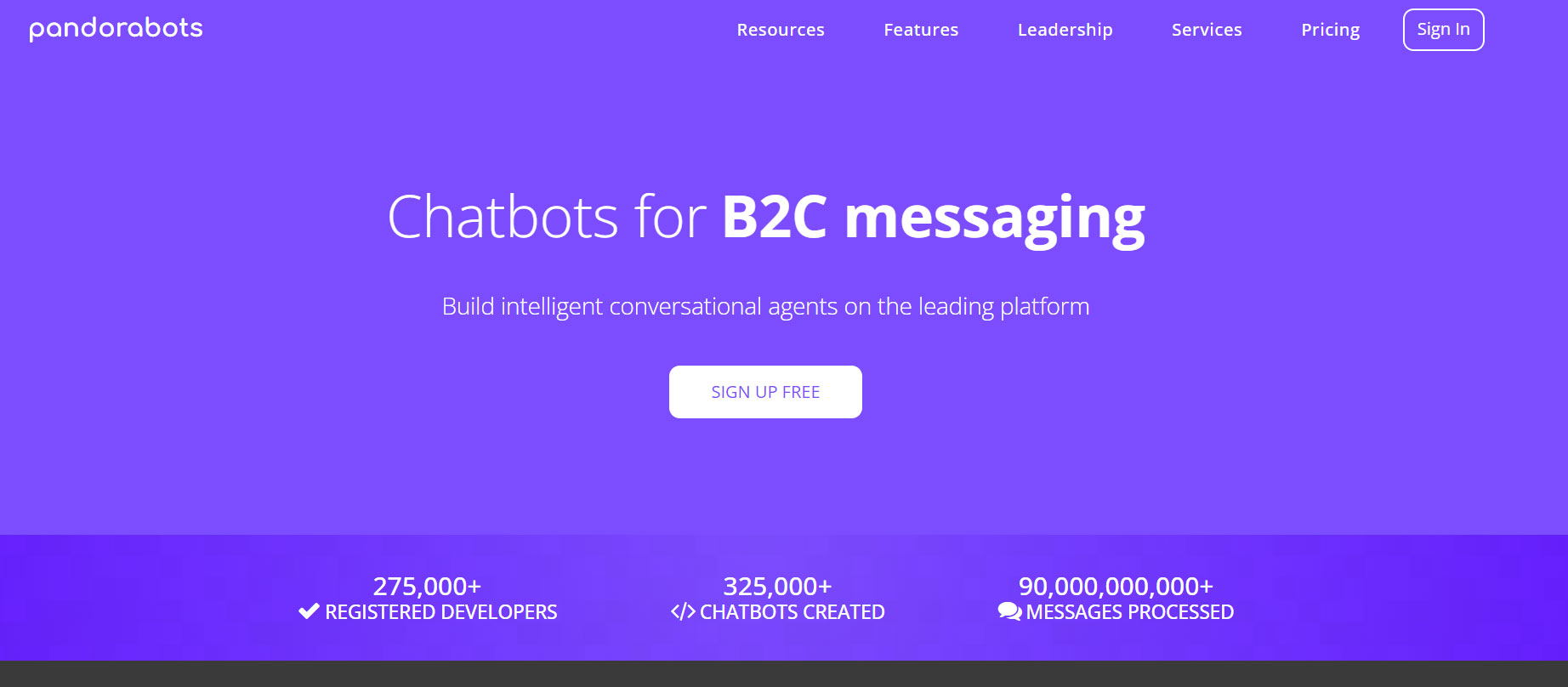
It provides developers with the tools to build custom chatbots using natural language processing and machine learning algorithms. In addition to its ability to comprehend and respond to complex questions, Pandorabots has a number of other advantages.
In addition, Pandorabots can be integrated with various messenger platforms, including Facebook Messenger and Kik. While Pandorabots may be advantageous in many ways, one disadvantage is that developing a chatbot that can provide personalized responses may require additional development work.
#9. BotStar
It offers a platform for developing AI-powered chatbots by combining natural language processing and machine learning algorithms. In addition to its ease of use, BotStar allows developers to create chatbots using a drag-and-drop interface without requiring significant programming skills.
As well as integrating with Facebook Messenger and WhatsApp, BotStar can integrate with other messaging platforms. One disadvantage of BotStar is that it cannot answer complex questions accurately.
#10. Tars
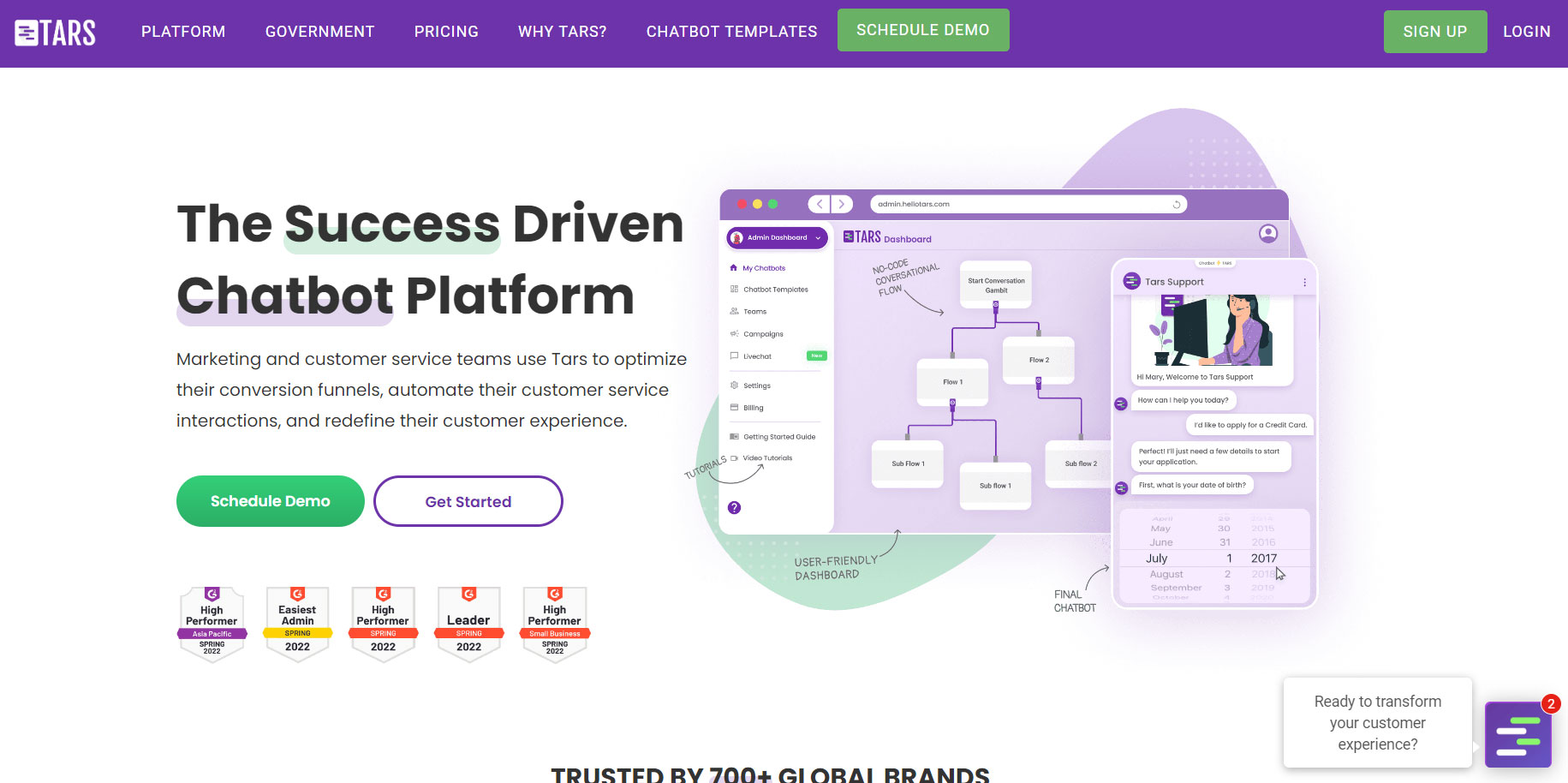
With the help of natural language processing algorithms and machine learning algorithms, Tars provides developers with an AI-powered chatbot development platform.
Tars can provide personalized responses based on previous interactions with the user, which is one of its most significant advantages. Various messaging platforms, including Facebook Messenger and Slack, can also be integrated with Tars.
Nevertheless, Tars has one disadvantage: creating a chatbot that can answer complex questions may require additional development work.
#11. Chatfuel
A chatbot development platform called Chatfuel lets users create chatbots without having to code. Chatbots can be created using its drag-and-drop interface. Facebook Messenger, Telegram, and WhatsApp are all messaging platforms that can be integrated with Chatfuel.
Easy to use is one of Chatfuel’s greatest advantages, which makes it a great choice for businesses looking to build simple chatbots.
#12. Landbot
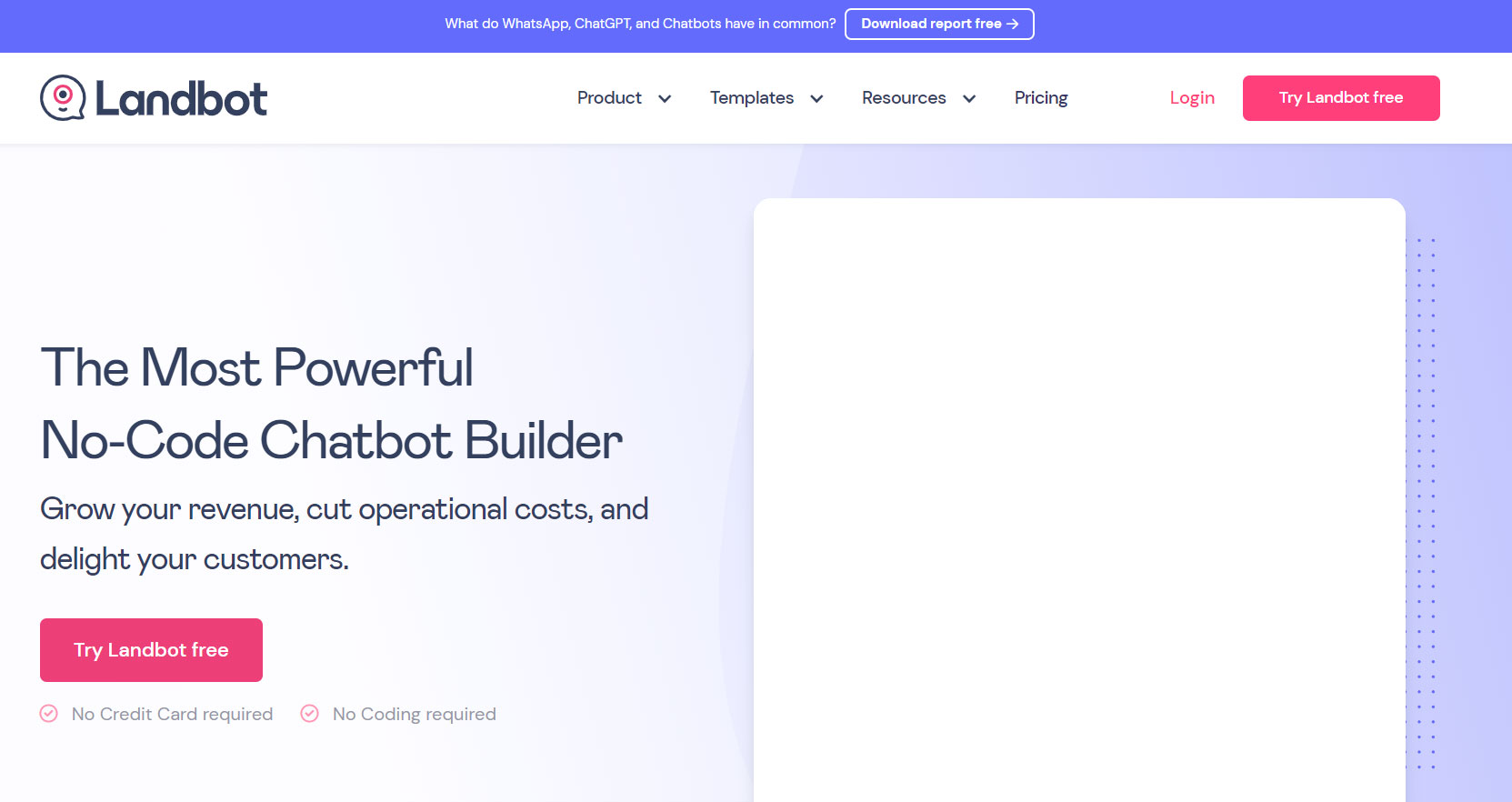
Using a drag-and-drop interface, Landbot lets users create conversational chatbots with a drag-and-drop interface.
Various messaging platforms, including Facebook Messenger, WhatsApp, and Slack, can be integrated with it. A major advantage of Landbot is its ability to provide personalized conversations that feel more like human conversations.
#13. Zoho SalesIQ
SalesIQ offers both chatbots and live chat options through its chatbot development platform. In addition to being able to create chatbots using a drag-and-drop interface, they can also be integrated with various messaging platforms, including Facebook Messenger and WhatsApp.
With Zoho SalesIQ, customers can seamlessly transition between chatbots and live chat, so they can always get help when needed.
#14. Botsify
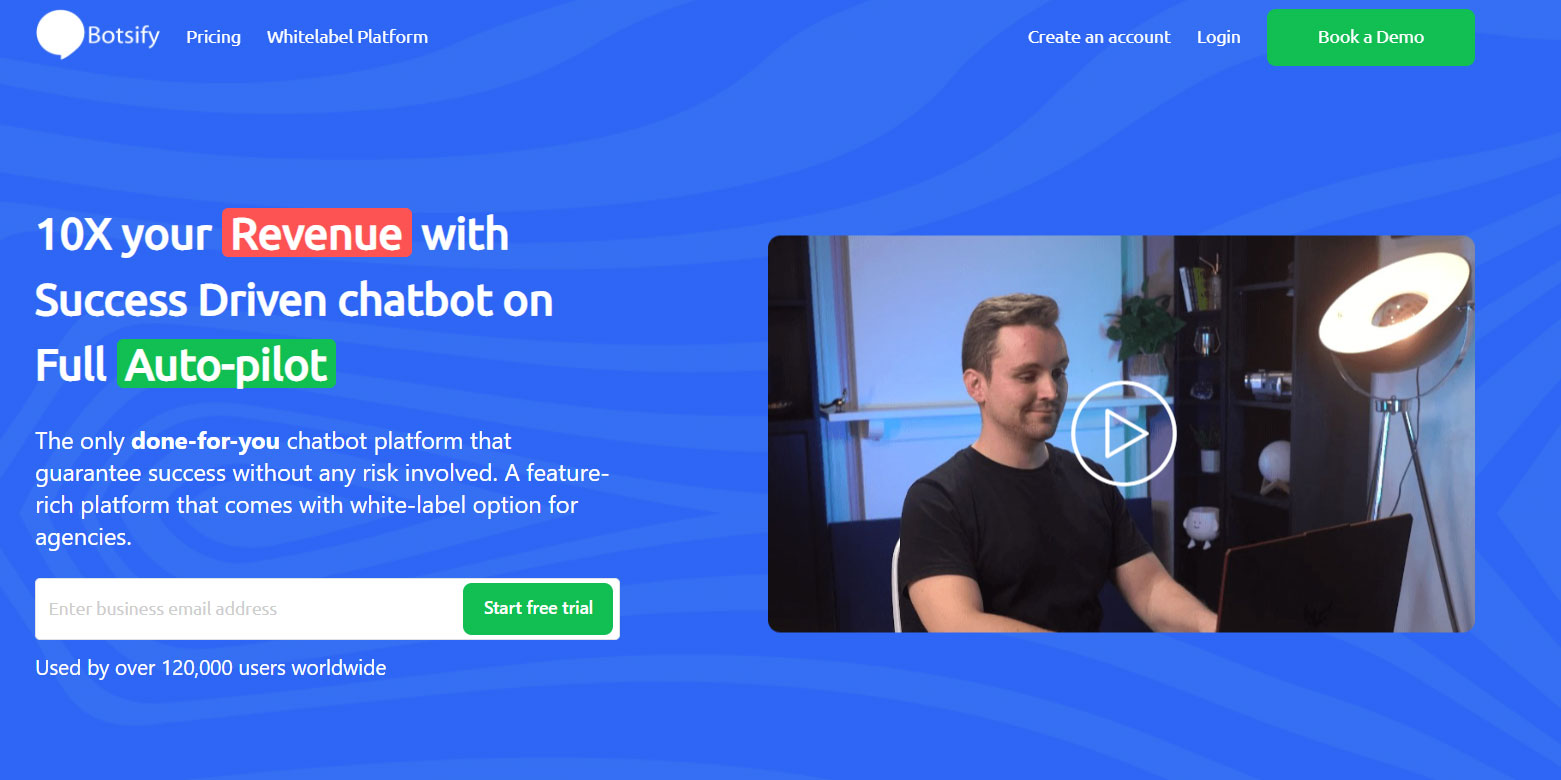
With Botsify, you can create chatbots using drag-and-drop interfaces, either pre-built or from scratch. There is an opportunity to integrate it with a variety of messaging platforms, including Facebook Messenger, Telegram, and WhatsApp. Botsify offers personalized conversations based on the user’s previous interactions, which makes it a major advantage.
#15. Flow XO
Flow XO offers both chatbots and live chat options with its chatbot development platform. Drag-and-drop interfaces make it easy to design chatbots and integrate them with various messaging platforms like Facebook Messenger and Slack. In addition to offering seamless transitions between chatbots and live chat, Flow XO provides customers with the help they need right away.
Also Read
Conclusion
Overall, numerous ChatGPT alternatives are available, and the right one for you will depend on your needs and preferences. Each platform has pros and cons, and it’s important to evaluate them before making a choice. Whatever your needs, there is a chatbot development platform out there that will meet them. So, that’s all we have for you. We hope that this guide has helped you. For more info, comment below and let us know.
